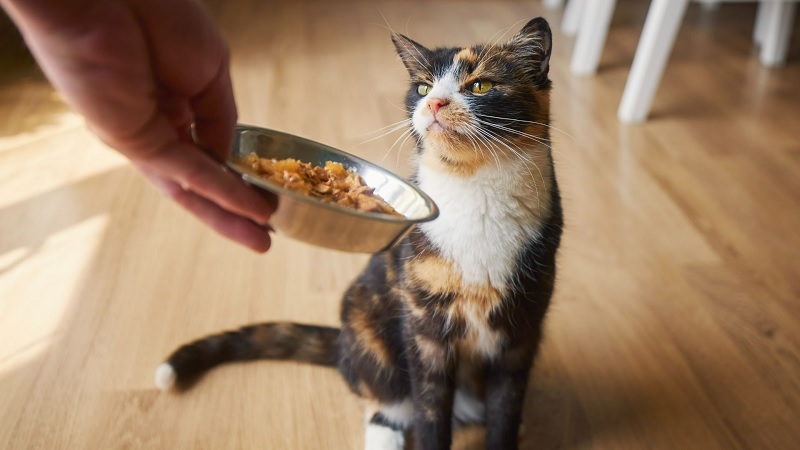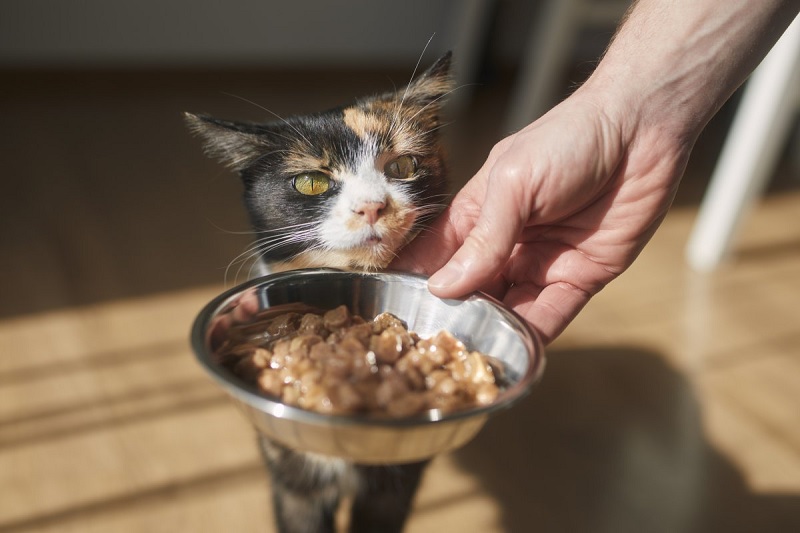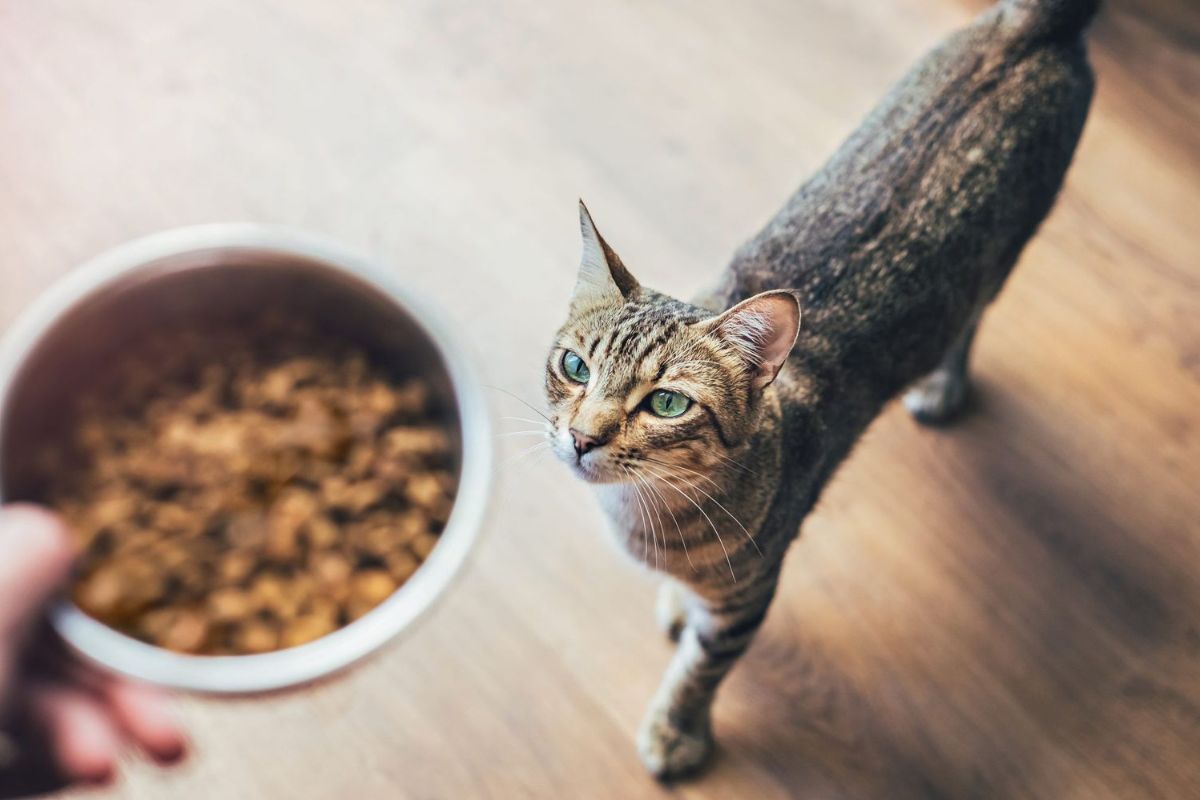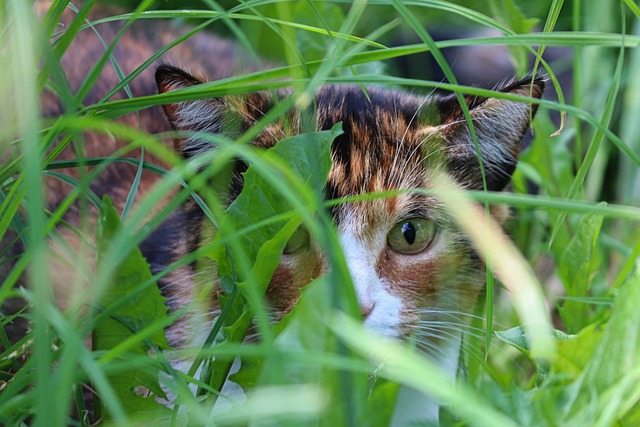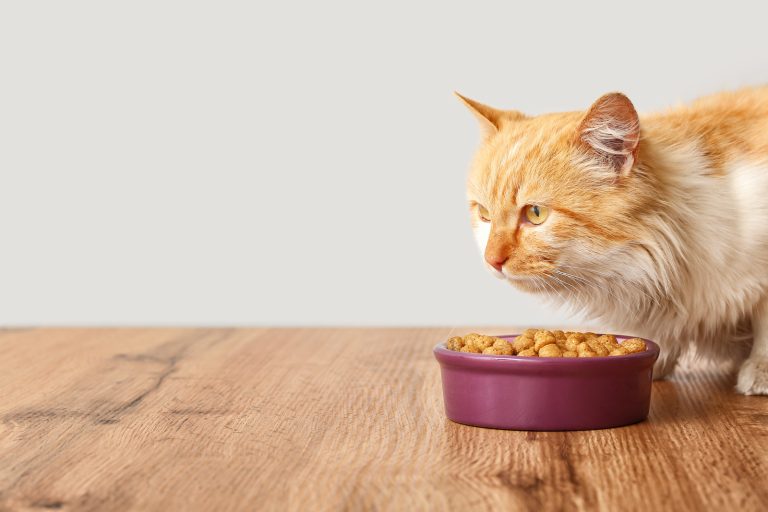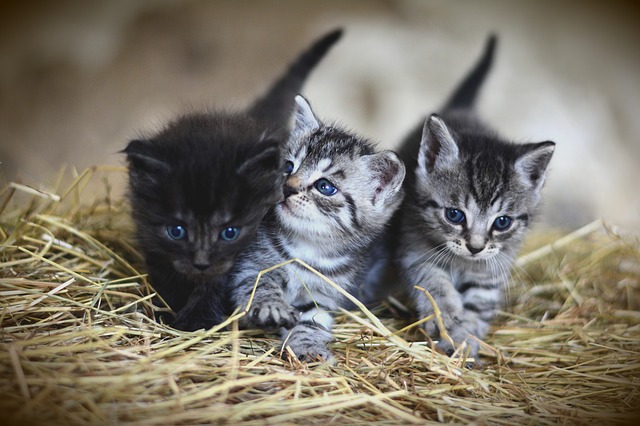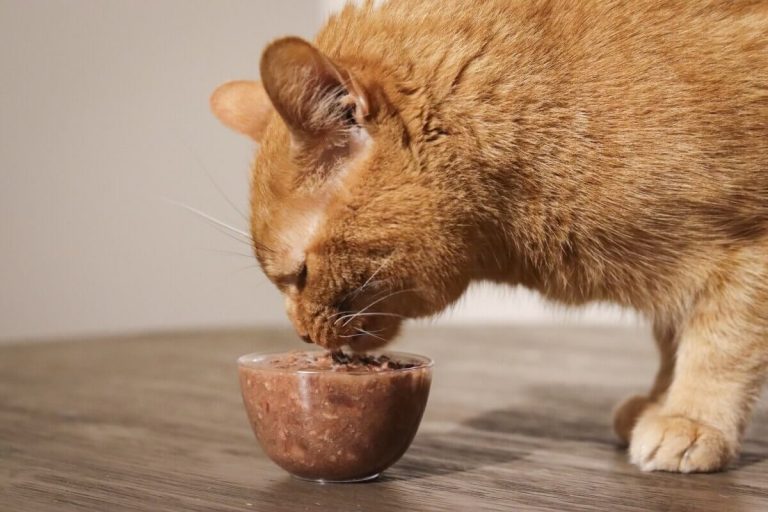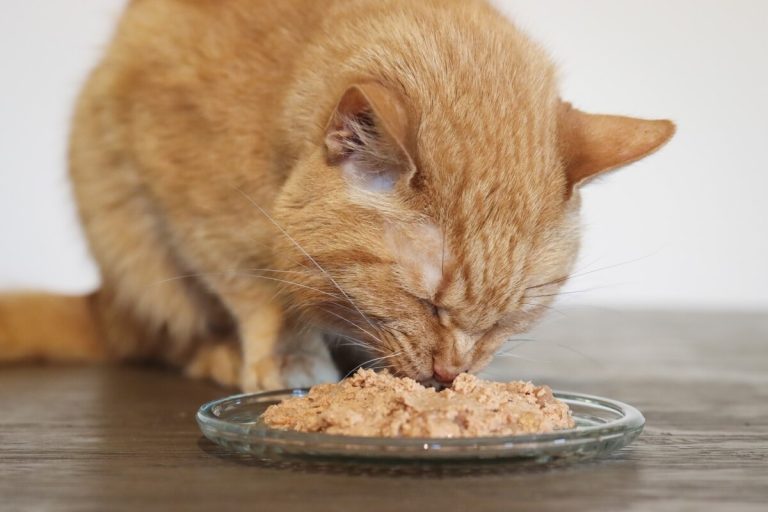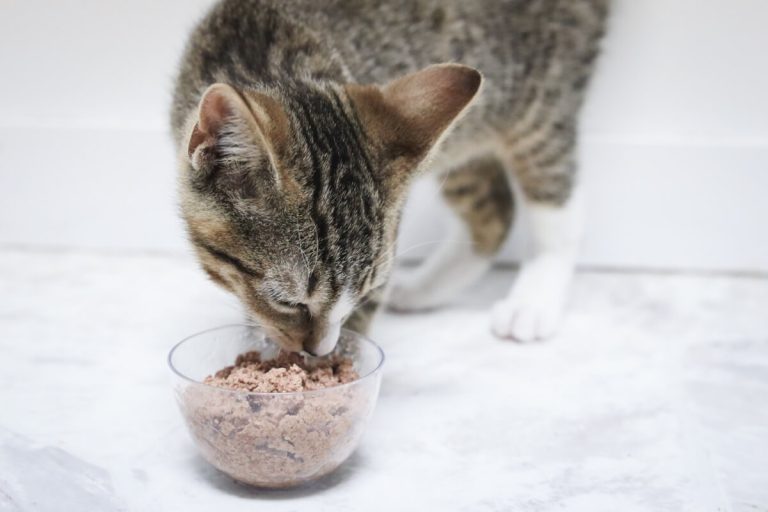As a cat owner, you’re probably always looking for ways to keep your furry friend happy and healthy. One area you may not think about often is hydration. Yes, just like us, cats need to stay hydrated to stay healthy. But did you know that many cats aren’t great at drinking water? This is where wet cat food could come into play. In this article, we’ll explore how wet cat food can help improve your cat’s hydration and the many benefits it offers.
Why Hydration is Crucial for Cats
Cats are descendants of desert-dwelling animals, which means they’re naturally wired to conserve water. While this helped their ancestors survive in arid environments, it doesn’t exactly set your house cat up for success when it comes to staying hydrated.
Cats have a naturally low thirst drive. Unlike dogs, who seem to guzzle water like it’s going out of style, cats tend to sip here and there, often not enough to keep their bodies fully hydrated. This is where problems can arise. If your cat isn’t getting enough water, they could be at risk for serious health issues like kidney disease, urinary tract infections (UTIs), and other complications like constipation.
The Risks of Dehydration in Cats
When a cat doesn’t drink enough water, their organs have to work harder to do their job, especially their kidneys. Cats are particularly prone to kidney disease, and one of the easiest ways to prevent this is by ensuring they’re getting enough fluids.
Proper hydration can help:
- Flush toxins from the kidneys.
- Promote urinary health, reducing the risk of UTIs.
- Keep their digestive system running smoothly, preventing constipation.
- Support overall skin and coat health, keeping them looking sleek and shiny.
How Wet Cat Food Can Help Hydrate Your Cat
One of the easiest and most effective ways to ensure your cat stays hydrated is by feeding them wet cat food. You might think a water bowl is enough, but as we’ve already mentioned, cats aren’t always the best at drinking water. This is where the higher moisture content of wet cat food comes in.
Moisture Content in Wet Food vs. Dry Food
Wet cat food typically contains about 70-80% moisture, while dry kibble only contains about 10% moisture. That’s a huge difference! By simply feeding your cat wet food, you’re helping them get a significant portion of the water they need each day.
Mimicking Their Natural Diet
In the wild, cats get most of their water from their prey. Small animals like mice or birds are mostly made of water, so wild cats don’t need to drink as much. Feeding your cat wet food is similar to this natural diet, providing not only hydration but also the rich nutrients they would get from animal-based food sources.
Supporting Your Cat’s Urinary Health
One of the major benefits of wet cat food is its positive impact on your cat’s urinary system. The added moisture helps to dilute their urine, which reduces the risk of urinary crystals and stones forming. If your cat has ever had a urinary issue, you know how painful and potentially dangerous it can be. Ensuring they have enough fluids can help prevent these problems from happening in the first place.
Comparing Wet Cat Food and Dry Cat Food for Hydration
You might wonder, “Is dry food really that bad for my cat’s hydration?” Well, it’s not that dry food is “bad,” but it certainly doesn’t help your cat stay hydrated the way wet food does.
Moisture Levels in Wet vs. Dry Food
As mentioned earlier, the moisture content in wet food can be as high as 80%, while dry food usually maxes out at around 10%. This means that if your cat eats primarily dry kibble, they have to make up for the lack of moisture by drinking more water—a tall order for animals that are naturally not great at staying hydrated.
Health Benefits of Wet Food for Hydration
Feeding your cat wet food is almost like sneaking extra water into their diet without them even realizing it. This can make a huge difference in their overall health, particularly for cats prone to urinary or kidney issues. Even if your cat doesn’t have a history of health problems, providing them with wet food regularly can be a good preventive measure to keep their organs functioning at their best.
Signs Your Cat May Be Dehydrated
How do you know if your cat is dehydrated? Here are some telltale signs to look out for:
Physical Signs of Dehydration
- Lethargy: If your cat seems more sluggish than usual, they may not be getting enough water.
- Dry Gums: Check your cat‘s gums; if they’re dry or sticky, it’s a sign of dehydration.
- Decreased Skin Elasticity: Gently pinch the skin between your cat’s shoulder blades. If it doesn’t snap back quickly, this could indicate dehydration.
Behavioral Signs of Dehydration
- Drinking Less Water: Ironically, a dehydrated cat may not drink more water. Keep an eye on how often they visit their water bowl.
- Changes in Appetite: Dehydrated cats may eat less or seem uninterested in food.
- Using the Litter Box Less: Dehydration can also cause a decrease in urination.
By feeding your cat wet food, you can help combat these signs of dehydration before they become more serious.
How to Introduce Wet Food to Improve Hydration
Now that we know how important hydration is and how wet food can help, you might be wondering, “How do I get my cat to eat wet food?” Some cats are fussy eaters, especially if they’ve been eating dry food for most of their lives. But don’t worry, transitioning to wet food doesn’t have to be difficult!
Transitioning Your Cat to Wet Food
Start by mixing a small amount of wet food with your cat’s dry food. Gradually increase the amount of wet food and decrease the dry food over the course of a week or two. This slow introduction helps your cat get used to the new texture and flavor without overwhelming them.
Tips for Fussy Eaters
If your cat is really stubborn, try warming up the wet food slightly. Cats are more attracted to food by smell, and a little warmth can make the food more enticing. You can also try different flavors or brands to find one your cat likes.
FAQs
How much wet food should I feed my cat to ensure proper hydration?
The amount of wet food you should feed depends on your cat‘s size, age, and activity level. Most wet food cans provide feeding guidelines based on these factors, but typically, 1-2 cans per day is common.
Can I give my cat both wet and dry food for hydration?
Yes! Many cat owners choose to give their pets a mix of wet and dry food. This can offer the best of both worlds—hydration from the wet food and convenience from the dry food.
How do I know if my cat is hydrated enough?
Look for signs of hydration, such as shiny fur, normal activity levels, and regular urination. You can also perform the skin elasticity test to check for dehydration.
Conclusion
In conclusion, wet cat food is an excellent way to help improve your cat’s hydration. With its high moisture content, it mimics a cat‘s natural diet and helps prevent health issues like kidney disease and urinary tract infections. If you’re concerned about your cat’s hydration, switching to or adding wet food to their diet is a simple and effective solution.
